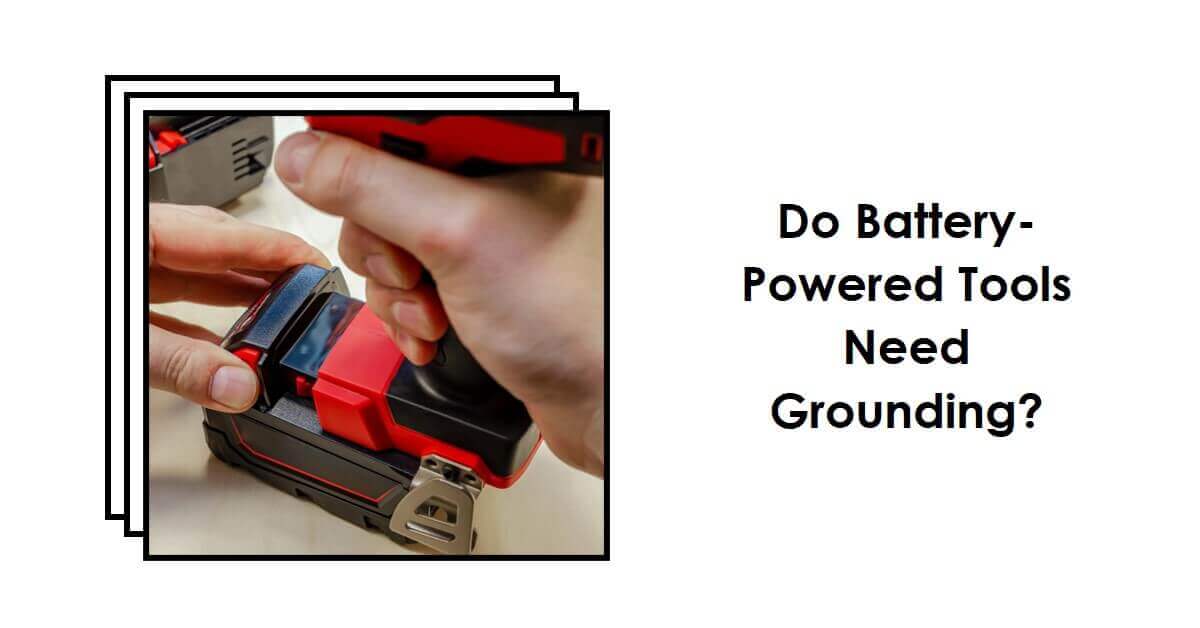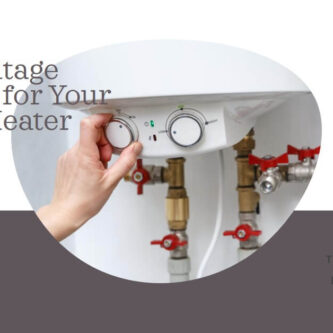Image: “Article Feature Image” by Bing is licensed under CC BY-NC-SA 4.0. Source: Bing Graphic Art. License: CC BY-NC-SA 4.0.
Battery-powered tools have become increasingly popular due to their convenience and portability.
They offer the freedom to work without being tethered to a power outlet. However, electrical safety is a crucial consideration when using any power tool.
One common question that arises is whether battery-powered tools require grounding for safe operation. No, battery-powered tools do not need grounding. Unlike corded power tools, battery-powered tools operate using rechargeable batteries, which provide an isolated power source.
In this article, we will delve into the topic of grounding in power tools and examine the specific requirements and considerations for battery-powered tools.
Understanding Grounding
Grounding is an essential aspect of electrical systems that involves establishing a direct connection between electrical equipment and the earth.
The primary purpose of grounding is to prevent electrical shock and protect individuals and equipment from electrical faults.
It provides a safe pathway for electrical current to flow in the event of a fault, directing it away from people and sensitive equipment.
Grounding in Power Tools
In traditional corded power tools, grounding is typically achieved through the third prong of the power cord, which is connected to the grounding system.
This allows any electrical faults to be safely directed to the ground, minimizing the risk of shock.
However, battery-powered tools operate differently, as they rely on rechargeable batteries for their power source.
Do Battery-Powered Tools Need Grounding?
Battery-powered tools do not require grounding in the same way as corded tools. This is because the power source is isolated from the electrical system.
The batteries used in these tools are designed to provide a safe and reliable source of power without the need for grounding.
Grounding battery-powered tools would not offer any additional safety benefits and may even introduce unnecessary complexities.
Electrical Safety Considerations
Although battery-powered tools do not need grounding, it is crucial to follow electrical safety practices when using them. Some key considerations include:
- Insulation: Ensure that all power tool components, including battery terminals, are properly insulated to prevent accidental contact with live parts.
- Battery Maintenance: Regularly inspect and maintain batteries to prevent damage, leaks, or other issues that could compromise safety.
- Proper Use: Adhere to manufacturer instructions and guidelines for safe tool operation, including using appropriate personal protective equipment (PPE) such as safety glasses and gloves.
- Tool Inspection: Inspect tools for any signs of damage or wear before each use, and replace or repair any faulty components.
Safety Standards and Regulations
Various safety standards and regulations govern power tools to ensure user safety. These standards often include guidelines for electrical safety, such as insulation requirements, protective measures, and testing procedures.
When selecting battery-powered tools, it is important to choose products that comply with relevant safety standards to ensure their reliability and performance.
Grounding Practices for Battery-Powered Tools
While battery-powered tools do not require grounding, there are certain best practices that can enhance electrical safety:
- Proper Storage: Store batteries in a dry and secure location, away from extreme temperatures and potential sources of damage.
- Grounding Accessories: Some battery-powered tools may come with optional grounding accessories, which can provide an additional layer of safety when working in specific environments or conditions. Consult the manufacturer’s recommendations to determine if these accessories are necessary.
- Education and Training: Properly train users on the safe operation of battery-powered tools, including electrical safety practices, to minimize the risk of accidents or injuries.
Common Misconceptions and FAQs
Addressing misconceptions about grounding in battery-powered tools can help clarify doubts and ensure accurate information. Here are some frequently asked questions:
- Can I modify a battery-powered tool to include a grounding connection? Modifying battery-powered tools to include a grounding connection is not recommended. It may compromise the integrity of the tool and void manufacturer warranties. The tools are designed and tested to operate safely without the need for grounding.
- Can I use a battery-powered tool in wet or damp environments? While battery-powered tools are generally safer to use in wet or damp environments compared to corded tools, it is essential to follow manufacturer guidelines. Some tools may be specifically designed for water resistance or have additional safety features, so always refer to the manufacturer’s instructions.
Conclusion
Battery-powered tools do not require grounding like corded tools do. The isolation provided by the batteries ensures safe operation without the need for a direct connection to the grounding system.
However, it is crucial to prioritize electrical safety by following manufacturer instructions, using proper insulation, and adhering to relevant safety standards.
By understanding and implementing these practices, users can safely enjoy the benefits of battery-powered tools while minimizing the risk of electrical accidents or injuries.




